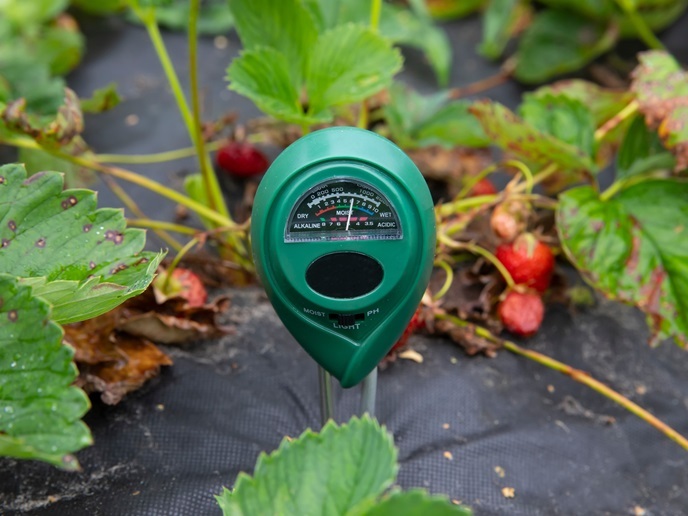Coordinating Europe’s approach to polar research
There is now less sea ice in the Antarctic than at any time since satellite observation began. The ice sheet is losing mass, causing sea level rise, alongside atmospheric and oceanic changes. In the Arctic, new Arctic shipping lanes and increased resource extraction are affecting local communities and Indigenous peoples.
Unified European Polar Research Programme
EU-PolarNet 2(opens in new window) was established to better address these environmental and societal issues in the polar regions through encouraging international cooperation. Building on its predecessor EU-PolarNet, the project has helped to promote a unified approach to polar research, through developing a sustainable and inclusive platform and providing evidence-based advice to policymakers. “Over the past nine years, these two projects have developed, for the first time, a unified European Polar Research Programme(opens in new window) (EPRP),” says EU-PolarNet 2 coordinator Nicole Biebow from the Alfred Wegener Institute(opens in new window) in Germany. “This has laid the foundation for a strategic framework that defines research priorities and aligns them with both scientific and societal needs.” A white paper(opens in new window) also contains specific recommendations for accelerating the development of a sustainable, fully integrated polar observing system, designed to further optimise research collaboration.
European polar community resources
A key legacy has been the development of tools to facilitate research cooperation, such as the Catalyst platform(opens in new window). This collates information about European polar community resources, news, events, research groups and jobs. Key features include the discussion forum and a moderated best practice forum. A catalogue(opens in new window) of large-scale and national polar programmes has also been published, alongside a directory of European polar research funding opportunities. Transdisciplinary workshops with the likes of local fishers, reindeer herders and hunters were held, resulting in specific policy proposals. For example, this work has led to calls for more research into the consequences of changing polar species distributions, which can significantly impact food supplies and habitats. “All these activities have helped policymakers join the dots about polar region changes,” adds project manager Anneli Strobel, also from the Alfred Wegener Institute. “Greater appreciation of the science, and social consequences, of polar changes will help evidence-based decision-making.”
Coordinating expertise for future polar projects
The legacy of EU-PolarNet 2, which ended in 2024, will now be maintained through the establishment of a European Polar Coordination Office (EPCO), hosted by the European Polar Board(opens in new window). This will keep the implemented tools and networks going, act as a contact point, and ensure strong ongoing relations between researchers and the European Commission. “EPCO is currently in the process of being implemented and will build on the cooperation we have already established,” says Biebow. “The network we have founded makes it much easier for us to coordinate our activities and to identify funding programmes. We know exactly whom to contact.” This cooperation is already bearing fruit. “We are applying our coordinating expertise to a large European-led initiative called Antarctica InSync(opens in new window), which aims to synchronise research across Antarctica and the Southern Ocean,” notes Biebow. “This is a huge campaign that requires international partners to synchronise their observations. The aim is to get a picture of this climatic system before it disappears, to really understand what is going on.” EU-PolarNet 2 has also helped Biebow with a current EU-funded project she is coordinating, called POLARIN. “The network was an immense help for me to set this up, by directing me to who I should be contacting,” she adds. “This is all about coordination and working together.”







